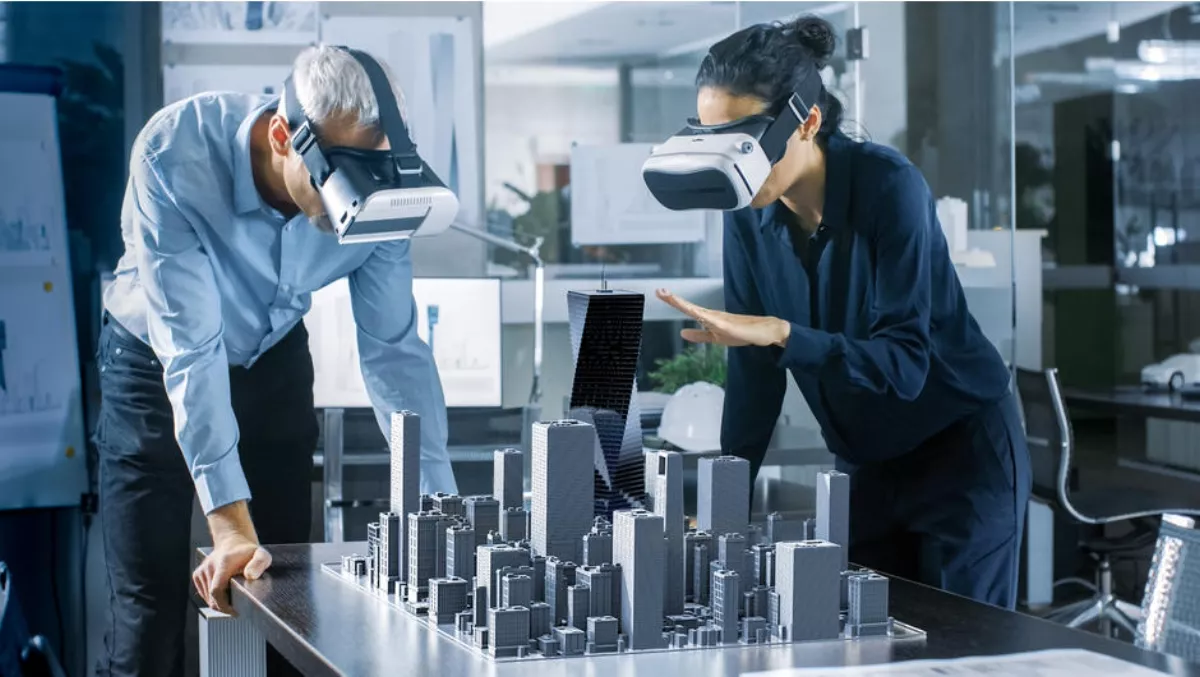
IDC - AR/VR next big sales opportunity in APAC
APAC spending on augmented reality and virtual reality (AR/VR) is forecast to reach US $11.1 billion in 2018, an increase of more than 100% from $4.6 billion the previous year.
The latest update of IDC's Worldwide Semiannual Augmented and Virtual Reality Spending Guide provides a detailed view at the investments on AR/VR products and services which have gained exceptional market momentum in 2018 and are expected to achieve a five-year compound annual growth rate (CAGR) of 68.5% throughout the forecast period (2017-22).
"The availability of new standalone VR headsets such as Oculus Go from Facebook and Mirage Solo from Lenovo is expected to drive adoption as well as content spending in 2018 and beyond, as these headsets eradicate the need for pairing with PCs or Consoles that used to drive costs higher for AR/VR experiences," says IDC Asia Pacific associate research director Avinav Trigunait.
Being the largest source of spending, the consumer sector will continue to drive growth for AR/VR products and services holding a 51.3% share of overall spending in 2018.
The growth will be primarily driven by the availability of new headsets for VR which will lead to VR consumer spending.
While AR spending will be dominated by the purchase of services - the launch of Augmented Reality SDK platforms from both Google and Apple are also expected to drive spending on application development and games for mobile platforms.
In line with this trend, augmented reality games in the consumer sector looks very promising and projected to hit a five-year CAGR of 90.9%, whilst virtual reality games will register a growth of 54.7% five-year CAGR over the forecast period (2017-22).
As expected, gaming is one of the most prominent use cases of AR/VR for consumers.
While consumer growth is anticipated to grow steadily, the commercial sectors or enterprise spending which represents more than 48% of AR/VR spending in 2018 is expected to overtake the consumer sector in the next five years with 58% share by the end of the forecast period.
Each of the five commercial sectors is forecast to register solid growth in spending throughout the forecast period, led by the distribution and services, and public sector.
Distribution and services ($2 billion) will be the largest amongst the five commercial sectors in 2018, led by the personal and consumer services, retail, and professional services industries.
The second largest sector will be manufacturing and resources ($1.7 billion) with balanced spending across the process manufacturing, construction, and discrete manufacturing industries.
Virtual reality games use case have the highest share among all the sectors, garnering a 39.4% share of overall spending in 2018.
Likewise, with the rising hype in the market for augmented reality, there is an expected increment in the market for use cases in different sectors.
In the distribution and services sector, training and retail showcases will be the two largest use cases with a combined spending of more than $329 million in 2018.
Training, industrial maintenance and project management will be the largest use cases in the manufacturing and resource sector.
In the public sector, infrastructure maintenance and government training will be the two largest use cases in 2018.
"The use cases for both AR and VR are proliferating in the enterprise segment as companies across sectors are developing new IT and business applications," adds Trigunait.
"Many enterprises in the region have already developed solutions utilizing AR and VR such as for design and visualization, corporate trainings, field maintenance and customer experience and marketing applications."


